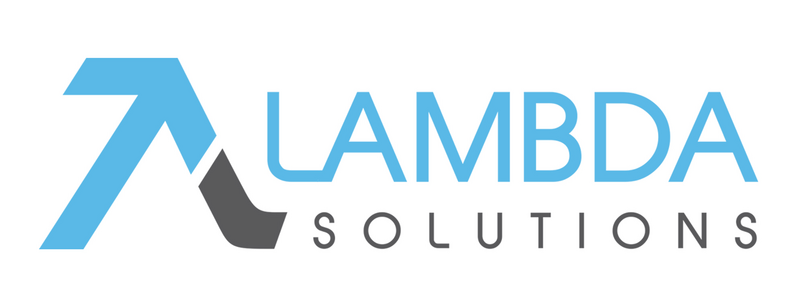Professional Partner Content
How Gamification Badges Motivate Learners to Succeed
Published Mon Jan 07 2019
Gamification occurs when educators incorporate game elements into a learning environment to help learners acquire knowledge more quickly and fluidly.
What Is a Gamification Badge?
In essence, gamification badges are gamification elements in the form of rewards that symbolize the achievements of learners. Whether it's a student who just passed a test or an employee who aced a continuing education exam, gamification badges can be rewarded to learners to let them know that their success is noticed and appreciated, which in turn can often spur them on toward even greater achievements in learning.
Gamification badges can be used as an alternative, or as a supplement, to traditional point-based grading systems. Some educators disagree with extrinsic education rewards entirely, positing that such rewards take the focus away from learning material and put it onto badges.
However, for educators who are interested in incorporating gamification into their LMS, it is important to note that the reason gamification badges work are not because learners want badges, but because acquiring badges motivates them to further their learning. In other words, if you are applying gamification to your learning environment, use it with the theory that the purpose of gamification badges is to motivate learners, not to give them extrinsic rewards. It is this element of motivation that drives the success of gaming badges, and not the badges themselves.
How Can I Incorporate Gamification Badges Into My Learning Environment?
It is often suggested that educators "tier" the badges they award to learners by the level of commitment required on behalf of the learner to attain a badge. Here are some examples:
Basic Badges: These can take the form of simple, basic emblems that learners can achieve for completing easier, more basic learning goals.
Achievements: These can be rewarded for learning goals that require learners to complete multiple steps or are more complicated. They can also be rewards for non-exclusive one-time events, such as the first time a learner makes a post on an LMS.
Awards: These should be given to learners for exclusive one-time opportunities. For example, learners who complete an entire learning module, or who are consistently the highest performing learner in their class or workplace, can be given awards.
From there, let your imagination as an educator run rampant. You can incorporate things such as "progress badges" to recognize the efforts of struggling learners or things like "extra credit badges" to recognize learners who go above and beyond to achieve success.
More from ATD


